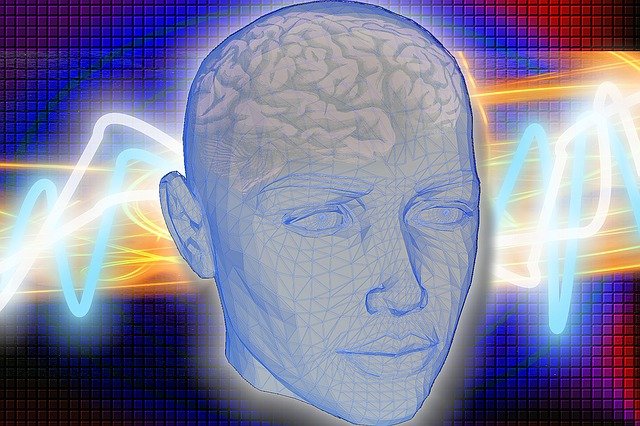Imagine a future where nobody dies— instead, our minds are uploaded to a digital world. There they could live on in a realistic, simulated environment with avatar bodies, calling in and contributing to the biological world. Mind-uploading has powerful appeal— but what would it actually take to scan a person’s brain and upload their mind?
.
Watch:
Glossary
- leap – a large and important change, increase, or advance
- feasible – possible to do easily or conveniently
- to capture – (of a computer) to take information in and store it
- to accord – to grant or give especially as appropriate, due
True or False?
1. We know exactly what to scan to replicate the mind.
2. Synapses in the human brain are connected by neurons.
3. Lots of influences on neural signaling haven’t been discovered yet.
4. We’d need new technology to scan at the resolution required to determine the details of individual synapses.
5. Artificial neural networks aren’t able to run autonomous cars.
6. Capturing all the necessary information accurately is crucial unless we want to get a damaged version of a mind.
Key: 1F; 2F; 3T; 4T; 5F; 6T
Practice Makes Perfect
Fill in the gaps in the article with the words in bold below:
shrink damage calm down
agility deteriorate superlative fail
deterioration reverse debilitating
When Steve Jobs Died At 56, His Brain Was Only 27
Meditation does more than just 1. …….. you …..; it literally reverse-ages your brain.
(…) Under normal circumstances, brains 2. ……… as they age. According to Psychology Today:
“Brain-scan technology reveals aging can cause the brain to 3. ….. . Nerve tracts in the brain shrivel, making the cerebrospinal fluid cavities larger and even leaving gaping holes in the brain. Shriveling occurs in the neuron terminal branches that form the contact points among neurons. People may lose 40 percent or more of dopamine neurons causing Parkinson’s disease.”
The 4 …………. of the brain has many symptoms. Reflexes become slower. Memory starts to 5. ……. . It becomes harder to learn new things. Thinking becomes brittle. Mental stamina declines.
These symptoms become measurable as early as age 45, at which point most people have already experienced a 3-4 percent decline in mental 6. ……., and it’s all downhill from there. By age 60, the changes are usually obvious; by age 70 they’re often 7. …… . (…)
There is, however, apparently at least one way to not just stop the deterioration process but to put it in 8. ……. . A study conducted at Massachusetts General Hospital and Harvard Medical School found that meditating for 30 minutes each day for eight weeks can work wonders.
(…)Meditation is so effective at repairing 9. …… that it make your brain as much as 25 years younger than your chronological age, and in some cases potentially even younger than that.
Since Steve Jobs was a regular meditator, when he died at 56 of pancreatic cancer, his brain would have been as healthy, active, and creative as when he was much younger. This shows in the quality of his work, which continued to be 10. ………… right up to his untimely end.
You can check your answers here: https://www.inc.com/geoffrey-james/when-steve-jobs-died-at-56-his-brain-was-only-27.html
Key: 1. calms down; 2. deteriorate; 3. shrink; 4. deterioration; 5. fail; 6. agility; 7. debilitating; 8. reverse; 9. damage; 10. superlative
Discuss:
- Who is the brains of your family?
- Do you train your brain?
- Do people ever pick your brains?
- Do you think you have a quick brain?
- Has your country ever experienced a brain drain?
Explore it more to create your own teaching-learning experience!
How to Think Like Sherlock Holmes
Read:
https://www.scientificamerican.com/article/mind-reviews-mastermind
(1854)





